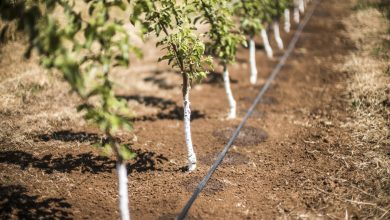Silk Tree: [Characteristics, Cultivation, Care and Disadvantages]
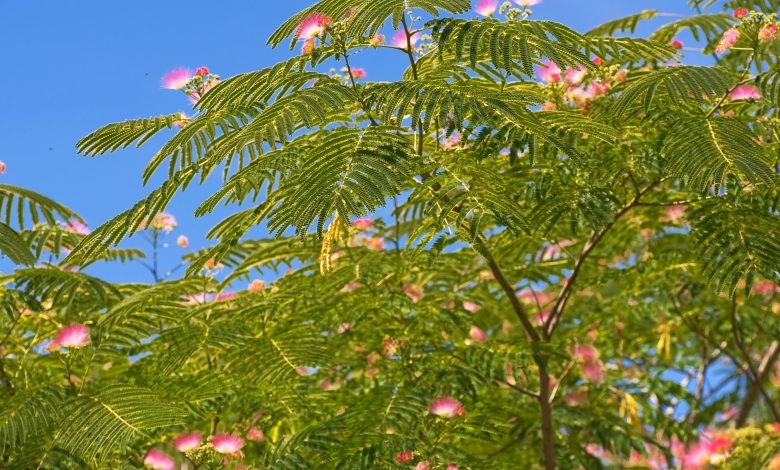
Important points when planting a Silk Tree:
- When? The planting of the silk tree must be done during the spring by means of seeds or cuttings of the same plant.
- Where? As it is a shrubby plant, it should be planted in the garden or in places where it can develop well and at ease.
- How do we water? We must water the plant abundantly and infrequently, without flooding.
- How often do we water? More frequent watering is recommended during the first years ofthe silk tree ‘s life.
- What care does it require? The silk tree tolerates moist soils well, without flooding and is very tolerant of those close to the sea, limestone and poor in nutrients.
- What pests and diseases affect you? The silk tree can be affected by the attack of whiteflies and wasps that are attracted to these insects.
What characteristics does the silk tree plant have?
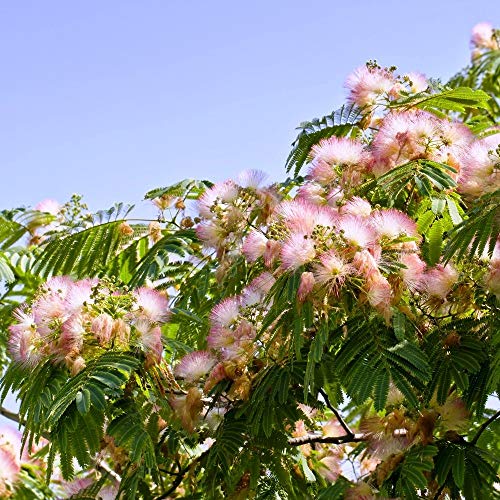 The silk tree plant is given the scientific name of Albizia Julibrissin.
The silk tree plant is given the scientific name of Albizia Julibrissin.
It is also well known as Constantinople acacia, Chinese parasol and mimosa, among others. It belongs to the Fabaceae family and the Albizia genus.
It is native to subtropical and temperate Asia from Turkey, Iran, Pakistan, Nepal, Bhutan, India China, Thailand to Japan.
It is characterized by being a deciduous type tree that can reach 4 to 10 meters in height and has a wide and shielded crown.
The trunk of the silken tree has smooth, distinctly lentil-shaped grayish bark with glabrous, angular young branches. Its leaves are alternate, bipinnate that can measure from 20 to 40 cm, with 6 to 12 pairs of sessile leaflets that can be elliptical, oblong and asymmetrical.
Among the characteristics of its leaves, it also stands out that they have a pointed, mucronate and obtuse apex and are also rounded, they are green and generally pubescent on the underside. The inflorescences of the silk tree are formed as globose heads on peduncles that are integrated into clusters or terminal or axillary panicles.
Each panicle produces between 20 to 25 sessile, subsessile flowers with a green and pubescent tubular calyx, toothed and with a funnel-shaped gamopetalous corolla. Its flowers give the tree its name since they lack petals and form a dense bouquet of fine pinkish stamens that resemble silk threads.
Among the cultivars of the silk tree, the so-called «Rosea» presents flowers of a beautiful intense pink color. While in the cultivar “Umbrella”, the leaves of the silk tree are a deeper green and the flowers have bright pink stamens and reddish stamens.
The Albizia genus to which the silk tree belongs is honored to the Florentine nobleman, Filippo degli Albizzi who introduced it to Europe from Constantinople. But the silk tree receives man by the epithet that accompanies the scientific name » julibrissin «, which is a word from the Persian » gul-i-abrisham or silk flower.
When to plant the silk tree?
The planting of the silk tree must be done during the spring by means of seeds or cuttings of the same plant. In the case of cultivation by seeds, they must be subjected to a treatment with hot water or sulfuric acid before sowing.
The process is called thermal shock, which consists of putting the seeds in boiling water for a few seconds and then leaving them in normal water for 24 hours. When planting by cuttings, a 1.5 cm portion of the silk tree should be cut and planted during the spring.
Where to plant the silk tree?
As it is a shrubby plant, it should be planted in the garden or in places where it can develop well and at ease. The silk tree grows in fertile soils with very good drainage, so it can be planted in gardens or greenhouses.
When sowing is done in pots, it must be transplanted to its final site since it can reach several meters in height and needs space.
How do we water the silk tree?
We must water the plant abundantly and infrequently, without flooding. It is necessary to keep the roots moist without excesses that can cause diseases caused by fungi and affect the life of the plant.
How often do we water the silk tree?
More frequent watering is recommended during the first years of the silk tree’s life. Experts prefer watering 3-4 times a week during the summer and 5-6 days the rest of the year.
But the most important thing is to check the humidity of the substrate to verify its water needs. The silk tree plant develops a large root system when it is an adult, so it will need little watering.
How to plant a silk tree step by step?
- Select the seeds, previously germinated and/or a 15 to 20 cm cutting that comes from a healthy and robust specimen.
- Choose a container or deep and wide pot since the plant is of the bushy type.
- Prepare a substrate based on loose soil, light and rich in nutrients. It can be a mulch mixed with perlite in equal parts.
- Fill the pot and sow a maximum of 3 silk tree seeds on the surface and cover with the substrate.
- Water abundantly without flooding. In the case of the cutting, it should be sprayed.
- Locate in a place outside and in full sun.
- Transplant when the specimen needs more space for its development and growth.
What care does the silk tree need?
- The silk tree tolerates moist soils well, without flooding and is very tolerant of those close to the sea, limestone and poor in nutrients.
- For its cultivation, the silk tree prefers medium-type soils, but well drained.
- It is grateful for good lighting and prefers sunny and warm places from which it takes the nutrients for its development.
- As it is a deciduous tree, it is capable of withstanding temperatures of up to -15 ºC during the winter .
- It is a kind of drought-tolerant shrub since its root system helps it store water reserves for consumption.
- The plant does not require pruning, which instead of helping can harm its growth.
- Pruning should be done only in case of broken branches, affected by wind and frost.
- Some experts recommend fertilizing with ecological substances, such as guano, from the beginning of spring until the end of summer.
What pests and diseases affect the silk tree?
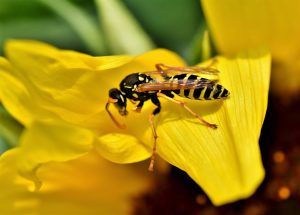 The silk tree can be affected by the attack of whiteflies and wasps that are attracted to these insects.
The silk tree can be affected by the attack of whiteflies and wasps that are attracted to these insects.
In the presence of insects and flies, it is recommended to disinfect the plant with chemicals containing fatty acids, and later with insecticides.
The cochineal can also affect the silk acacia tree, sticking its sucking beak on leaves, stems and fruits and drawing its sap. Experts recommend using a mixture of water with biodegradable soap (dishwasher) and cleaning the plant well to rid it of mealybugs.
How long does the silk tree live?
It is a tree that has a short lifespan when compared to other species, the maximum it reaches is 3 decades.
How long does it take for the silk tree to grow?
The silk tree grows slowly and can take up to 10 years of its life in this process.
How long does it take to produce fruit?
There is no defined time for production because many factors influence it, especially those of the environment. The usual thing is that it is from 4 years.
Can it be grown in a pot?
It is possible to work it in a pot without its health being diminished.
How many times does the silk tree produce fruit?
It produces only once a year.
Should the silk tree be pollinated to obtain fruit?
Yes. Pollination is carried out with the intervention of insects that are attracted by the characteristics of its flowers.
How cold can the silk tree tolerate?
It is capable of working without problems with temperatures as low as -15° C.
How many silk trees can be planted per hectare?
There is no specific number of plants that can be planted per hectare, but it is recommended not to exceed 100 plants.
What kind of fertilizer does the silk tree need?
It does well with fertilizations made from well-fermented manure applied once a year.
To help you even more, you can also take advantage of balanced mineral fertilizers.
How much heat and/or drought can the silk tree tolerate?
It does well in both heat and drought without suffering much from it.
In case the temperature of the environment is very high and it is planted in full sun, it would be convenient to provide irrigation to avoid possible dehydration.
Bibliographic references
- Albizia julibrissin (Fabaceae-Mimosoideae) naturalized in Argentina, F Bedetti, P Rimoldi, C Sanabria – Bulletin of the Society…, 2014 – revista.unc.edu.ar
- The wilting of the Acacia of constantinople (» Albizzia julibrissin «) and its relationship with the presence of» Fusarium oxysporum» Schl. F.» Perniciosum»…, MD Campi – Lilloa.(1943), 1943 – sidalc.net
- Modifications of the phenological behavior of some forest species as a consequence of changes in the climate of the City of Buenos Aires (Argentina), D Carnelos, GMF Zapiola… – Agronomy & …, 2020 – agronomiayambiente.agro.uba.ar
- The tree species of Tucumán, A Grau, AM Kortsarz – A., Grau and AM Kortsarz.(Eds.), Guide…, 2012 – guiadearbolado.com.ar
- Report of the presence of Albizia inundata (Mart.) Barneby & JW Grimes (Fabaceae) in the Ribera Rioplatense: a possible case of expansion in process…, SDN Fernández, L Stern – Revista Científica…, 2021 – servicios.ingenieria.unlz.edu.ar

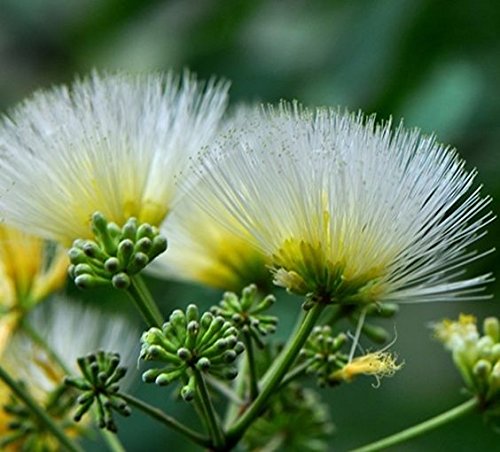
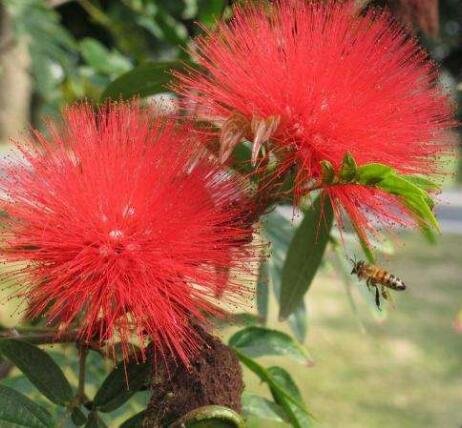
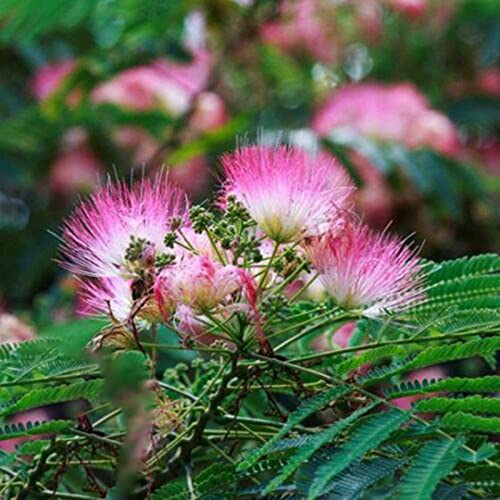
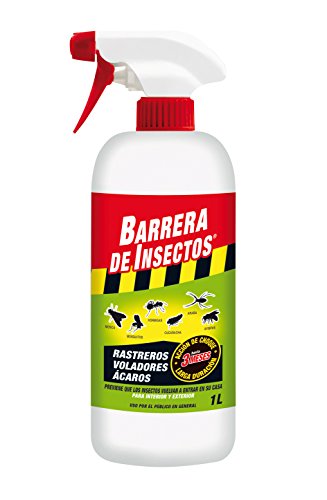
![Photo of How to Fertilize a Cherry Tree: [Dates, Components and Phases]](https://www.complete-gardening.com/wp-content/uploads/2022/08/how-to-fertilize-a-cherry-tree-dates-components-and-phases-390x220.jpg)


